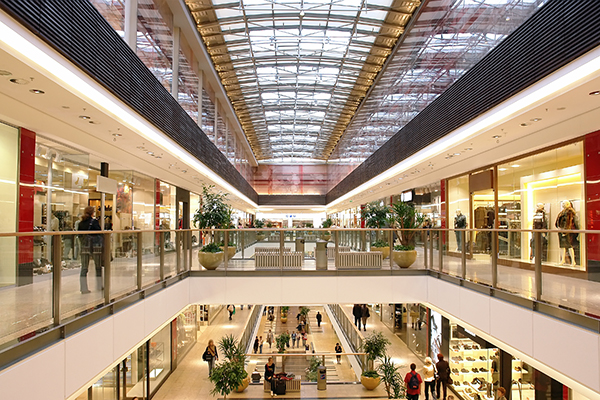
Sector Focus: Necessity Retail

August 1, 2017 | Beth Glavosek | Blue Vault
Despite the huge rise and popularity of online shopping, there’s still a need for bricks and mortar stores. According to a recent study, by 2025, the share of online grocery spending could reach 20% of the total market, representing $100 billion in sales. However, as one supermarket executive puts it, “You can’t forsake the 80% of consumers who are shopping in your physical stores.”[1]
Thus, the need for what is known necessity-based real estate, or necessity retail, persists.
Population growth means consumer growth
On May 7, 2017, the U.S. population clock was projected to cross the 325 million threshold. By 2060, the total population is expected to reach nearly 417 million.[2]
A growth in the population means growth in both current and future consumers. While economic conditions may dictate how much people have available to spend on luxury or nonessential items, there will always be a need for everyday goods and services, whether it’s food, apparel, appliances, or personal care items.
Bricks and mortar still relevant
While major grocery chains frequently provide the ideal anchor for a desirable retail asset, other popular retailers include discount clothing and shoe stores, warehouse stores (bulk shopping), sporting goods, and specialty or organic food stores.
According to the National Retail Foundation, despite the dot-com boom of 20 years ago and scales tipping slightly toward e-commerce, the impact is not readily noticeable in STORES Magazine’s annual list of the Top 100 retailers.[3] According to the report, the nation’s largest mass market retailers all still rank in the top 10, including Walmart, Costco, and Target. “The remaining top 10 retailers are arranged in pairs: two traditional supermarket operators (#2 Kroger and #10 Albertsons); two home improvement retailers (#4 The Home Depot and # 9 Lowe’s); and two drugstore chains (# 5 CVS and #6 Walgreens/Boots Alliance),” the report says.
Their success points to the fact that consumers are still pushing shopping carts and not just filling them online. Kiplinger has also reported that six mega retailers are still standing up to online giants like Amazon.
In conclusion, the need for destination-based, necessity-driven real estate will likely persist even in the age of point-and-click. After all, it’s difficult to try on those pants you’ve been eyeing or sniff the freshness of the produce from the comfort of your living room.
[1] Becky Schilling, “Are you ready for the digitally engaged shopper?” Supermarket News, January 30, 2017.
[2] U.S. Census Bureau, May 5, 2017.
[3] STORES Magazine, June 26, 2017.











